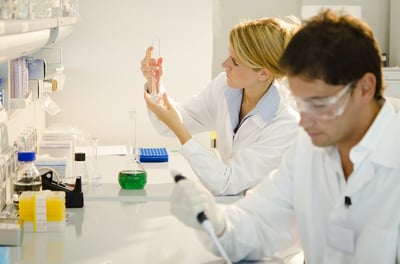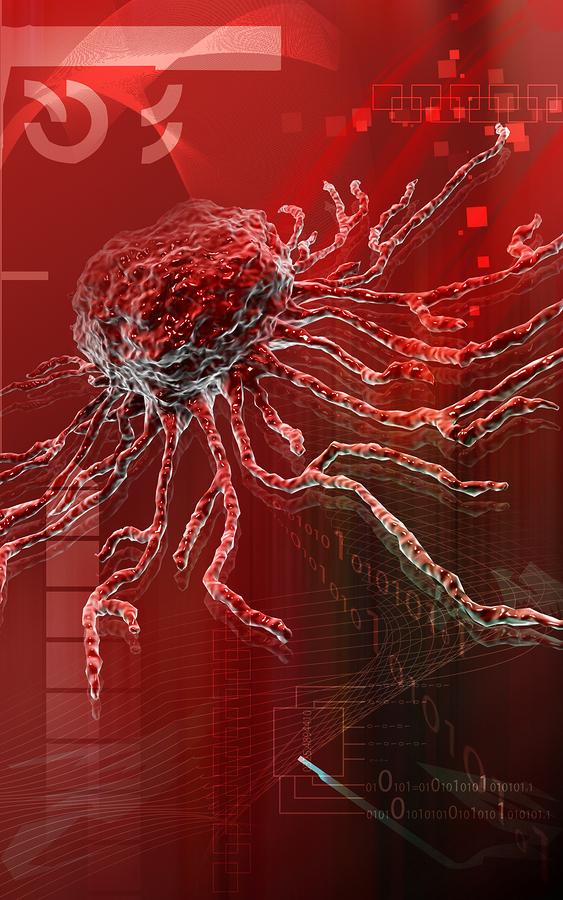While stem cells are a hot topic, not everyone understands what they are and their potential when it comes to regenerative medicine. Many researchers and medical experts believe that stem cells hold great promise for the future in treating and curing disease, but there are some obstacles along the way. Let's take a closer look at the science behind stem cells, what they do, and what this means for patients and caregivers.

What Are Stem Cells?
If you read the paper or watch the news, you're likely familiar with the words "stem cells." The Mayo Clinic describes stem cells as "the body's raw materials." In short, stem cells are non-specific "mother" cells that later divide to form "daughter" cells with specialized functions.
There are a few different kinds of stem cells, including embryonic stem cells which come from three to five-day old embryos (AKA blastocysts); adult stem cells, which are found in adult tissue but have more limited abilities than embryonic stem cells; and perinatal stem cells, which are found in amniotic fluid and umbilical cord blood stem cells. Researchers have also been able to alter adult cells into stem cells through a genetic reprogramming process.
What Can Stem Cells Do?
Scientists are increasingly determining the great potential of stem cells. In addition to helping us understand how diseases and other health conditions occur, stem cells can also be used in regenerative medicine -- which involves replacing sick cells with healthy stem cells. Known as "stem cell therapies," scientists believe these treatments will be able to help people suffering from many ailments, including spinal cord injuries, dementia, heart disease, burns, stroke, cancer, osteoarthritis, Parkinson's disease, and diabetes. Stem cells are also being used in drug development and testing.
So far, stem cell research is promising. Bone marrow transplants, AKA stem transplants, are already used to replace cells damaged by disease or chemotherapy, as well as to help fight cancer. Patients may be candidates for stem cell transplants if they have diseased bone marrow or blood cells, or if high doses of chemotherapy and radiation have destroyed their own cells. Research is also underway regarding other applications.

Does this hold the key to the future of modern medicine?
Obstacles and Challenges
Because embryonic stem cells are procured from early-stage embryos, there is some ethical controversy regarding their use. The National Institutes of Health has determined clear guidelines for the use of human stem cells for research and donation.
While adult stem cells offer a possible alternative, research currently suggests that they are not as adaptable as embryonic stem cells. Not only that, but they are also more likely to be abnormal due to environmental factors.
While we are still very early in our understanding of stem cells and their capabilities, one clear takeaway is that they offer unprecedented hope for patients and the people who care for them. For more information on stem cells, including stem cell injections and their role in pain management, stem cell treatments for degenerative disc disease, and frequently asked questions about stem cells, or to consult a variety of resources for caregivers, visit mmLearn.org.
